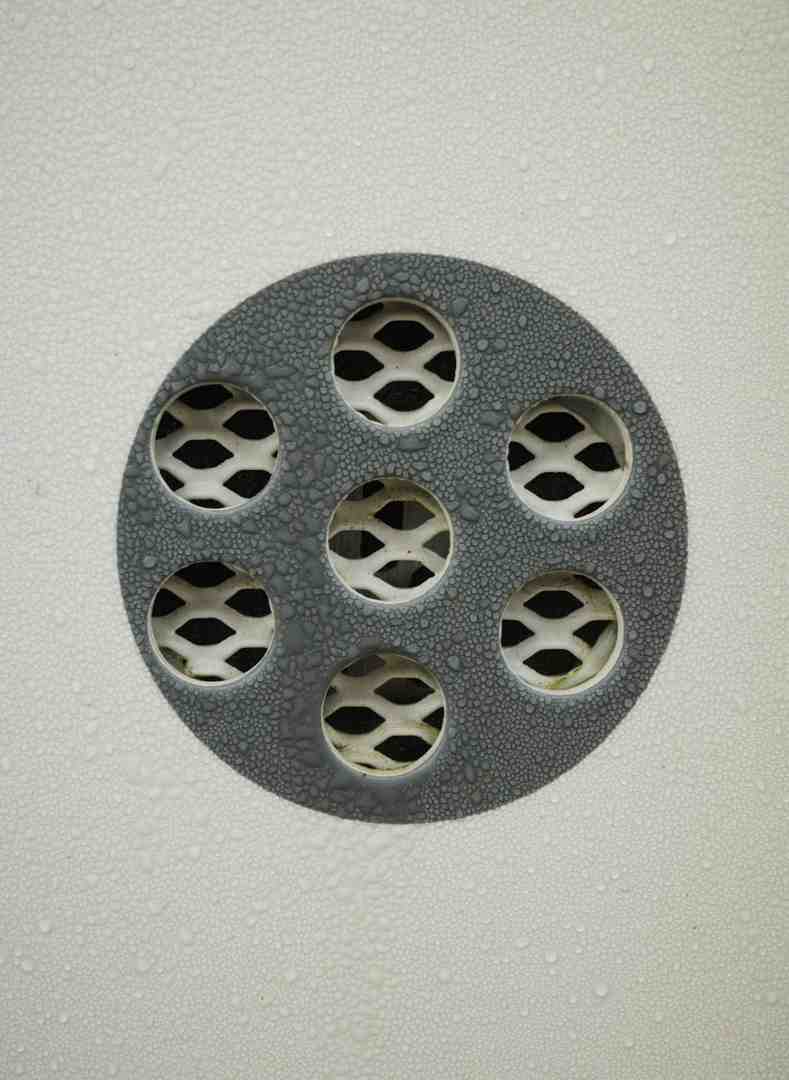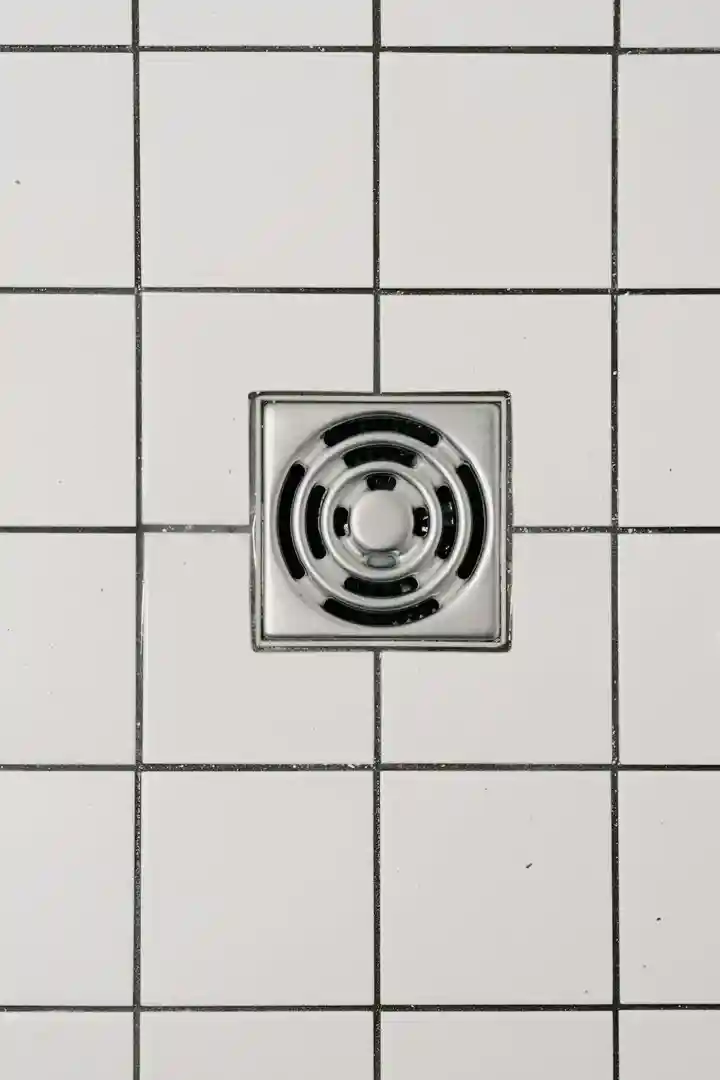How to Unclog a Shower Drain: Top 5 Easy Solutions
Knowing how to unclog a shower drain quickly is a must-know skill for any homeowner, especially when you’re rushing to get ready for the day only to find yourself standing in ankle-deep water. Here’s a quick rundown:
How to Unclog a Shower Drain
Unclogging a shower drain can be simple with the right approach. Here’s how you can tackle it:
- Remove Visible Hair or Debris: Put on rubber gloves and use a wire hanger or needle-nose pliers to fish out any tangled hair or debris from the drain. This is often the quickest way to restore flow.
- Pour Boiling Water Down the Drain: Carefully pour boiling water down the drain. This helps dissolve soap scum and other minor blockages.
- Use a Plumber’s Snake: For deeper clogs, a plumber’s snake is your go-to tool. Insert it into the drain, and rotate the handle to break up or retrieve the clog.
- Try Natural Cleaning Solutions: Combine 1/2 cup of baking soda with 1/2 cup of white vinegar. Pour the mixture into the drain and let it fizz for about 15 minutes. Follow up with a hot water rinse to clear away the loosened debris.
These methods can help you tackle most clogs efficiently.
Clogged shower drains are a common nuisance, but understanding how to deal with them can save you time and frustration. Hair and soap scum are usual suspects in clog formation. Prevention is key—using a strainer or drain cover to catch hair and weekly cleaning can go a long way. Knowing how to address minor clogs promptly can prevent bigger issues like water damage or mold.

How to unclog a shower drain word guide:
How to Unclog a Shower Drain
Manual Methods
Hair removal is often the first step in dealing with a clogged shower drain. Hair tends to wrap around the drain’s crossbars, creating a tangled mess that blocks water flow. To tackle this, put on rubber gloves to protect your hands and use needle-nose pliers or a wire hanger to pull out clumps of hair.
For drains with a drain cover, start by removing it. Most covers can be unscrewed or lifted off, giving you better access to the clog. Once the cover is off, you can easily see and remove any visible debris.

Natural Solutions
Once you’ve cleared away the visible debris, it’s time to try some natural cleaning solutions. These are safe for your pipes and the environment.
Baking soda and white vinegar make a powerful team against clogs. Start by pouring half a cup of baking soda down the drain. Follow this with half a cup of white vinegar. You’ll notice a fizzy reaction as the two ingredients work together to break down grime and soap scum. Let the mixture sit for about 30 minutes. Then, rinse it away with boiling water. This method is effective for clearing minor clogs and refreshing your drain.

If the clog persists, repeat the process or consider using a plumber’s snake or plunger, which we’ll discuss in the next section. Regular maintenance and prevention, like using a drain cover, can help keep your shower drain running smoothly.
Tools and Techniques for Stubborn Clogs
Sometimes, a clogged shower drain needs more than just manual removal or natural solutions. When it comes to how to unclog a shower drain, having the right tools can make all the difference.
Using a Plumber’s Snake
A plumber’s snake, also known as a drain snake, is a handy tool for tackling deeper clogs. It’s essentially a long, flexible metal wire with a hand crank. As you insert it into the drain, the twisting motion of the crank helps break up or hook onto the clog.
-
Insert the Snake: Feed the metal wire into the drain until you feel resistance. This usually means you’ve hit the clog.
-
Twist and Turn: Use the hand crank to rotate the snake. This twisting motion helps break up or capture the clog.
-
Remove the Clog: Slowly pull the snake out of the drain, bringing the debris with it.
-
Flush with Water: Run hot water to ensure the drain is clear.
Plunger Method
For clogs near the surface, a plunger can be quite effective. This tool uses suction to dislodge the blockage.
-
Prepare the Area: Ensure there’s enough standing water in the shower to cover the plunger’s cup. This water helps create a seal.
-
Position the Plunger: Place the plunger over the drain, ensuring a tight seal.
-
Apply Forceful Motions: Use quick, forceful motions to create suction. This action can loosen and push the clog through the drain.
-
Check the Drain: Remove the plunger and see if water drains smoothly. Repeat if necessary.

These tools and techniques are essential for tackling stubborn clogs. When used correctly, they can save you a call to the plumber and keep your shower drain flowing freely. If these methods don’t resolve the issue, it might be time to explore chemical and alternative solutions, which we’ll cover next.
Chemical and Alternative Solutions
When manual methods and tools don’t cut it, chemical and alternative solutions can help tackle tough clogs. These options can be effective, but it’s important to choose wisely to protect your pipes and the environment.
Biodegradable Cleaners
Biodegradable cleaners are a safer choice for both your plumbing and the planet. They break down clogs without leaving harmful residues. Green Gobbler is a popular option that dissolves hair and grease effectively. It’s designed to be tough on clogs but gentle on your pipes.
Drano Max Gel
Drano Max Gel is another powerful cleaner. It’s thicker than most, allowing it to cut through standing water and reach the clog directly. While effective, use it sparingly to avoid potential damage to older pipes. Always follow the instructions on the label for the best results.
Homemade Drain Cleaners
If you prefer a natural approach, homemade solutions can work wonders. A mix of baking soda and white vinegar is a classic choice. Here’s how to use it:
-
Pour Baking Soda: Start by pouring ½ cup of baking soda down the drain.
-
Add Vinegar: Follow with 1 cup of white vinegar. The mixture will fizz and help break down the clog.
-
Let It Sit: Allow the mixture to sit for about 30 minutes. This gives it time to work on the blockage.
-
Flush with Hot Water: Finish by pouring hot water down the drain to wash away any remaining debris.
This method is safe for most pipes and offers an eco-friendly way to clear minor clogs.
Hot Water
Sometimes, simply using very hot tap water can do the trick. Pouring this down the drain helps to dissolve soap scum and grease effectively. However, remember to avoid using boiling water on PVC or porcelain surfaces to prevent any potential damage. Stick to letting your tap run at its hottest setting for a safer approach.

These chemical and alternative solutions provide different ways to tackle stubborn clogs. Whether you choose a biodegradable cleaner or a homemade remedy, these options can help keep your shower drain clear and functional. If clogs persist, it may be time to consult a professional.
Frequently Asked Questions about Unclogging Shower Drains
What’s the best way to unclog a shower drain?
The best way to unclog a shower drain often depends on the type of clog. For many clogs, using a plunger is effective. It creates suction that can dislodge the blockage. Start by covering the drain with the plunger and push down firmly. Then, pull up quickly. Repeat this motion several times.
If the plunger doesn’t work, try a drain snake. This tool reaches deeper into the pipes to catch and remove hair or debris. Simply insert it into the drain and twist to grab the clog.
How do you unblock a shower drain with standing water?
When faced with standing water, a plunger can be your best friend. Make sure the plunger cup is fully submerged in the water to create a good seal. Then, use forceful up-and-down motions to try and clear the drain.
If the plunger isn’t enough, a drain snake can help. Insert it into the drain and twist until you feel resistance. This resistance is likely the clog. Keep twisting and gently pull it out.
Can vinegar and baking soda damage pipes?
Using vinegar and baking soda is generally safe for pipes. This natural solution is effective for minor clogs and build-up. The fizzing action helps break down debris without causing harm to most plumbing materials. However, avoid using this mixture if you’ve already tried a chemical cleaner, as mixing substances can be dangerous.
These FAQs cover some of the most common concerns about unclogging shower drains. Whether you’re dealing with standing water or worried about pipe safety, these tips can help you tackle clogs effectively.
Conclusion
Keeping your shower drain clear doesn’t just happen by chance. It requires preventive maintenance and regular attention. By taking small steps now, you can avoid big problems later.
Integrity Services & Plumbing, a trusted name in the Rio Grande Valley, emphasizes the importance of regular cleaning. Just like brushing your teeth prevents cavities, monthly drain care prevents clogs. Simple actions like removing hair from the drain and using a drain cover can make a huge difference.
For an effective DIY approach, consider using natural solutions like baking soda and vinegar. These are safe for your pipes and can help keep them clear. Pour a mix of baking soda and vinegar down the drain once a month to break down soap scum and debris.
If you encounter a tough clog, don’t hesitate to reach out for professional help. Integrity Services & Plumbing offers expert solutions to keep your plumbing in top shape. Their team is ready to assist with any plumbing needs you have.
By committing to regular maintenance and using the right tools, you can ensure your shower stays clog-free. And remember, the experts at Integrity Services & Plumbing are just a call away if you need them. Learn more about their services here.

